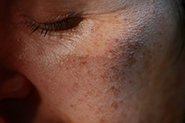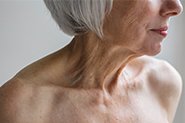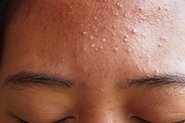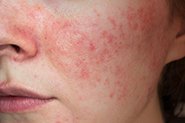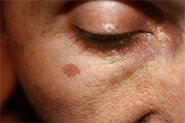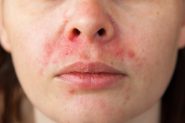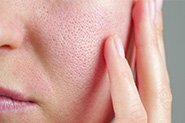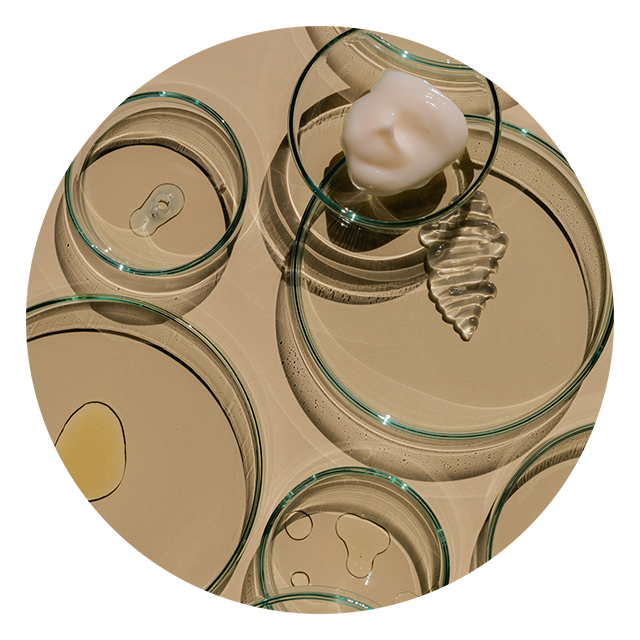
Now that it’s about to hit the Australian shelves, it’s time we chatted more about hypochlorous acid and the hype around it.
Firstly, what is Hypochlorous Acid?
In a word – bleach. It’s just another name for diluted bleach.
Can it do all the things that social media says it can?
In another word – no. The skincare claims we see on social media are overblown. There are no rigorous human clinical studies that show it can treat acne or rosacea, improve barrier function, help with wound healing, or prevent skin cancers (which, by the way, are all drug claims, not cosmetic ones).
What else do I need to know?
Dilute bleach baths have long been used to treat eczema, supposedly by reducing the skin’s bacterial loads (especially staphylococcal species). But systematic reviews of its efficacy show that the results are highly variable at best, and completely ineffective at worst.
This is a plausible approach in eczema where the lesions are overgrown with certain bacterial species, but unfortunately the clinical studies don’t support it as a primary solution.
This doesn’t apply in acne. Cutibacterium acnes is a normal skin organism (it primarily hangs out in pores), but it plays a part in acne, not by overgrowth or infection, but rather by triggering inflammation and further overgrowth of skin cells that plug the pores. So using dilute bleach to reduce bacterial overgrowth makes no sense where there is no overgrowth in the first place!
‘Disinfecting’ skin is an outdated primary approach to treating skin conditions. We are beginning to understand that diversity in the skin’s microbial population, and the overall balance of the skin microbiome, is important in managing inflammatory skin diseases. This underscores why supporting the skin barrier during evidence-based medical treatment for skin diseases like acne, rosacea, eczema and psoriasis, and restoration of a healthy skin microbiome, are super important.
Oh, and it’s also an oxidising agent, so can theoretically degrade some topical retinoids if you’re using them at the same time.
Can it harm my skin?
Probably not, but if you have a medical skin condition, it’s likely that your skin barrier is already impaired, so adding dilute bleach to it may trigger dryness and irritation.
So… What’s our verdict?
If you don’t have any skin issues, leave the bleach for the toilet, and off your face! If you do, seek medical advice for an evidence-based treatment.
WE SEE YOU. WE UNDERSTAND YOUR FRUSTRATION WITH FINDING SOLUTIONS FOR MELASMA, ACNE, SUN DAMAGE, ROSACEA AND PIGMENTATION.
WE’RE HERE TO HELP.
BOOK A CONSULTATION WITH AN EXPERIENCED AUSTRALIAN DOCTOR TODAY TO DISCUSS YOUR SKIN TREATMENT OPTIONS: CLICK HERE
REFERENCES
- Bakaa L, Pernica JM, Couban RJ, Tackett KJ, Burkhart CN, Leins L, Smart J, Garcia-Romero MT, Elizalde-Jiménez IG, Herd M, Asiniwasis RN, Boguniewicz M, De Benedetto A, Chen L, Ellison K, Frazier W, Greenhawt M, Huynh J, LeBovidge J, Lind ML, Lio P, O’Brien M, Ong PY, Silverberg JI, Spergel JM, Wang J, Begolka WS, Schneider L, Chu DK. Bleach baths for atopic dermatitis: A systematic review and meta-analysis including unpublished data, Bayesian interpretation, and GRADE. Ann Allergy Asthma Immunol. 2022 Jun;128(6):660-668.e9. doi: 10.1016/j.anai.2022.03.024. Epub 2022 Mar 30. PMID: 35367346.
- Ong PY, Boguniewicz J, Chu DK. Skin Antiseptics for Atopic Dermatitis: Dissecting Facts From Fiction. J Allergy Clin Immunol Pract. 2023 May;11(5):1385-1390. doi: 10.1016/j.jaip.2023.01.012. Epub 2023 Jan 23. PMID: 36702247.
- Del Rosso JQ, Bhatia N. Status Report on Topical Hypochlorous Acid: Clinical Relevance of Specific Formulations, Potential Modes of Action, and Study Outcomes. J Clin Aesthet Dermatol. 2018 Nov;11(11):36-39. Epub 2018 Nov 1. PMID: 30588272; PMCID: PMC6303114.


